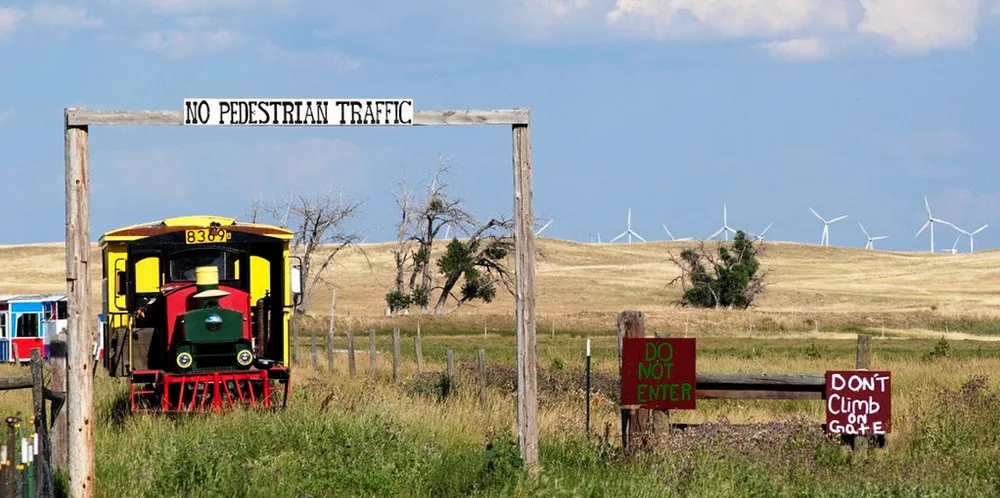'The world has changed': US looks to open more federal land to wind and solar
Bureau of Land Management will formally propose new rule 'in early 2022' that could make it cheaper for renewables developers to build new plant

The US government intends to make some federal lands more accessible and cheaper to develop for wind and solar, a move the White House believes could significantly increase clean energy supply necessary to help achieve its 2035 carbon-free electric grid goal.
Shortly after taking office in January, President Joe Biden signed an executive order that directed the DoI to identify steps that can be implemented to raise wind, solar and other renewables output on federal lands.
Renewable energy advocacy groups and developers assert that lease rates and fees are excessively high compared to those for oil & gas and will discourage private investment on federal properties the administration is counting on to partially drive the country’s energy transition.
According to Reuters, some major solar arrays pay $971 per acre in rent, in addition to more than $2,000 annually per megawatt of power capacity, while wind farms can pay $3,800 although rents are lower.
By comparison, federal rents for oil and gas leases are between $1.50 -$2.00 per acre before being replaced by a 12.5% production royalty.
Even with lower rents and leases, boosting renewables output on available federal lands must overcome other hurdles that include legal challenges, inefficient and slow-rolling permitting processes, and inadequate transmission to bring the energy to load centres.
The federal government owns about 28% of land in the US. Four major federal land management agencies administer most of this area with BLM responsible for the most - 244 million acres (987,432 sq km) of the roughly total 640 million acres.
BLM lands are heavily concentrated (more than 99%) in the 11 contiguous western states, where much of the country’s best solar resource is located, and Alaska.
The federal government owns more than 50% of total acreage in Alaska, Idaho, Nevada, Oregon, and Utah; more than 40% in California and Wyoming, and more than 30% in Arizona, Colorado, and New Mexico.
(Copyright)